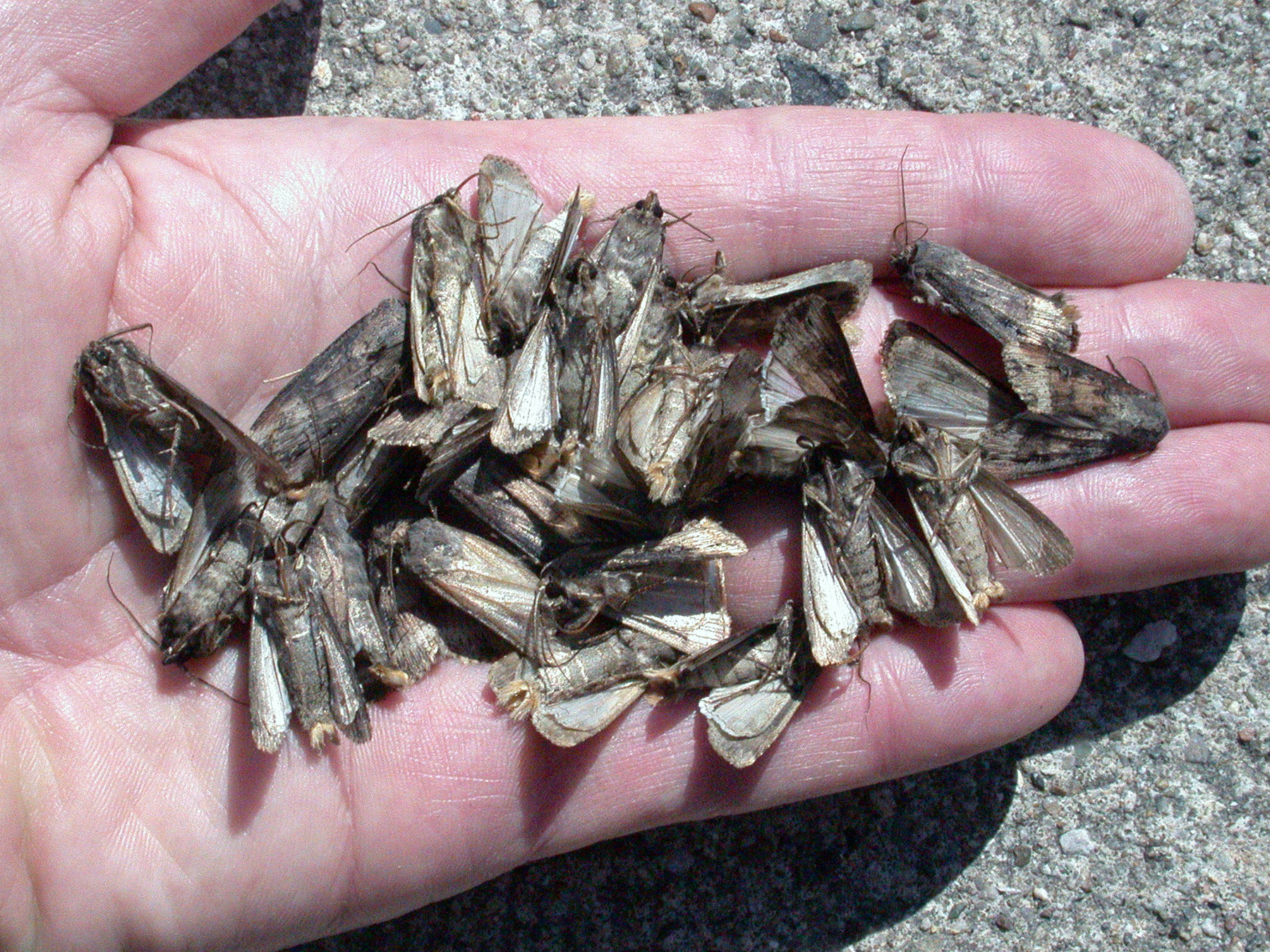
In looking over the black cutworm pheromone trap reports, it is obvious that many moths have arrived into areas of Indiana.

In looking over the black cutworm pheromone trap reports, it is obvious that many moths have arrived into areas of Indiana.
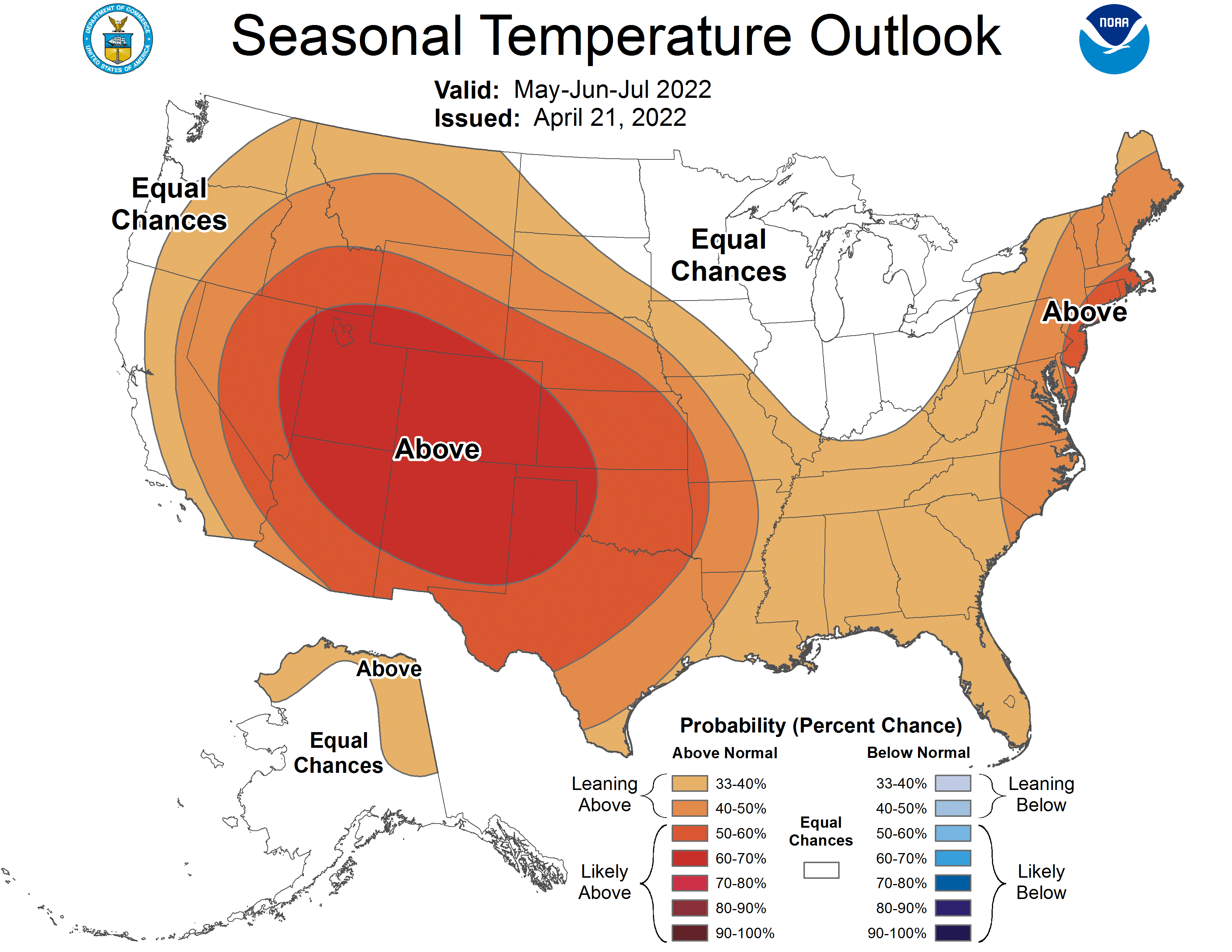
On the third Thursday of every month, the national Climate Prediction Center releases their 3-month climate outlook for temperature and precipitation.
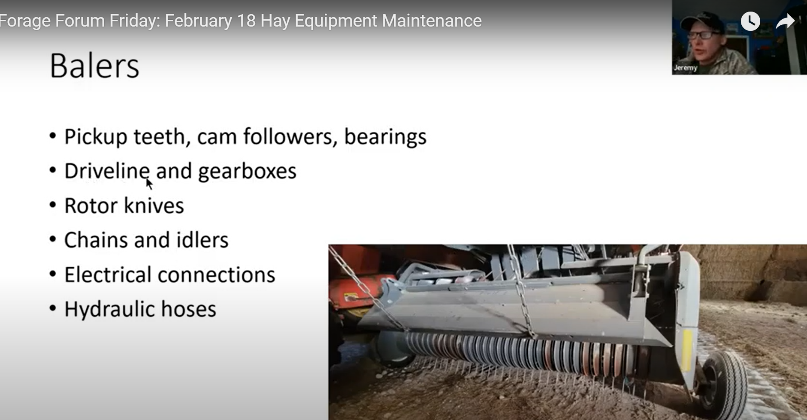
Are you prepared for hay harvest? It is hard to believe with the persistent cool spring temperatures, but cool-season grass and legume hay harvest will likely begin a month from now.
Armyworm Pheromone Trap Report – 2022
2022 Black Cutworm Pheromone Trap Report Form
n this episode, Shaun and Dan discuss how corn is no longer king in Indiana or the US after USDA’s Prospective Plantings report last week showed that farmers will plant more soybean acres than corn, and tips for those planting beans on beans.
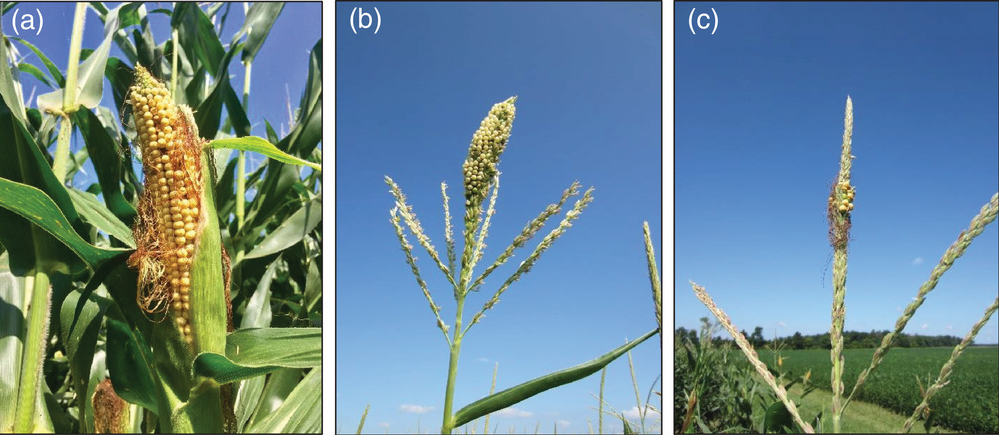
Intensive study for more than 100 yr has resulted in a good understanding of corn’s (Zea mays L.) growth and development.
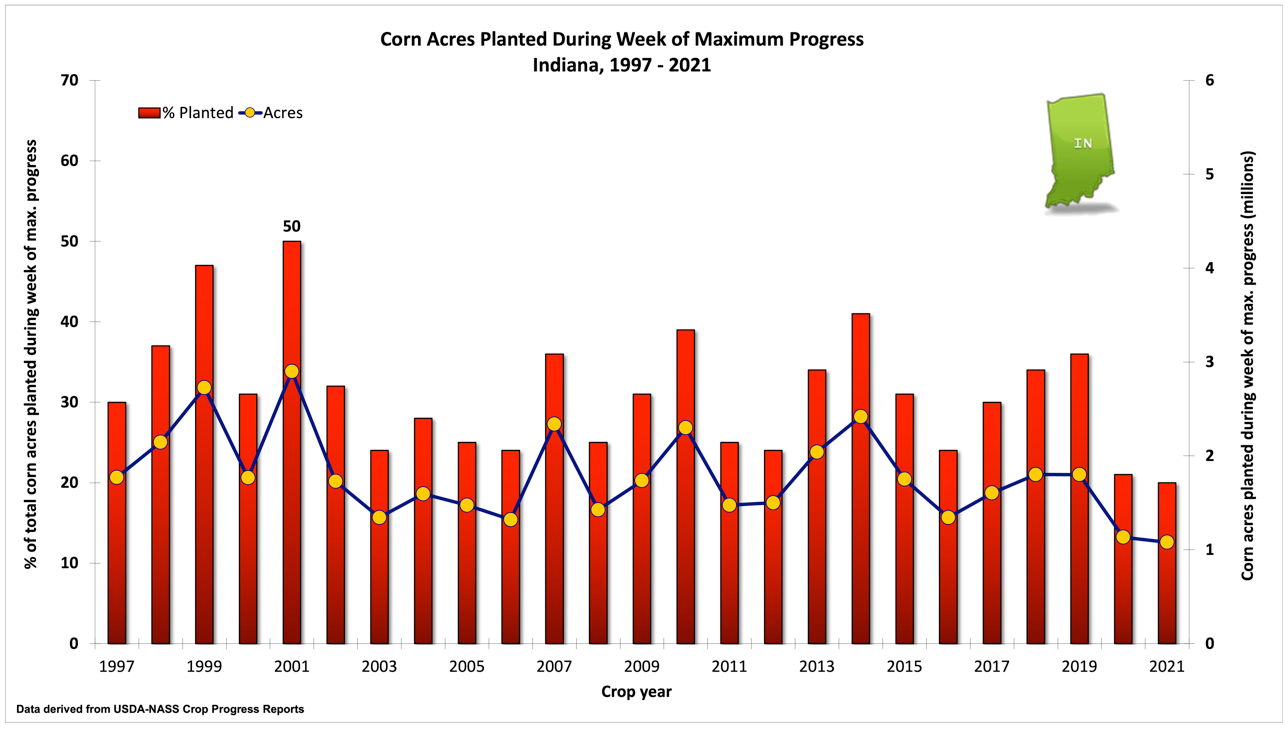
The number of 30-, 40-, and 60-ft wide (or larger) field crop planters across the U.S. Midwest is greater today than, say, 25 years ago.

Corn grain yields in the U.S. have steadily increased since the late 1930’s.

Indiana adds one more week to its months-long streak of having no drought across the state. In fact, from March 1st through April 14th (45 days), 35 of those days (78%) had precipitation in South Bend (31 days), Indianapolis (26 days), and/or Evansville (25 days).
© 2025 Purdue University | An equal access/equal opportunity university | Copyright Complaints | Maintained by Pest&Crop newsletter
If you have trouble accessing this page because of a disability, please contact Pest&Crop newsletter at luck@purdue.edu.